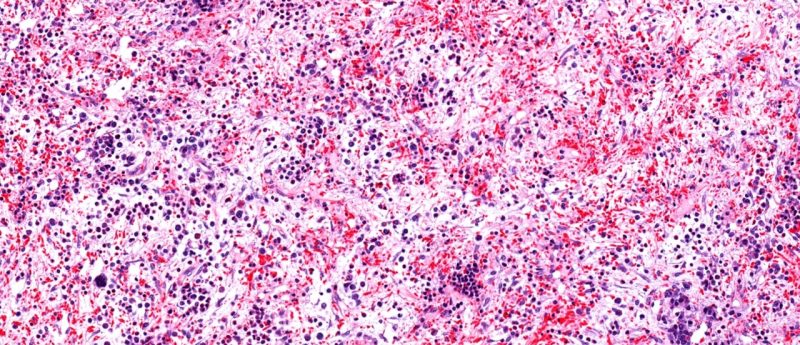Engineered protein matrix transplant improves bone regeneration in rat model

A study by Fujifilm Corporation (Tokyo, Japan) of Cellnestâ„¢, an extracellular matrix required for cell cultures used in regenerative medicine, improves bone regeneration when transplanted into the bone defect area.
The treatment of bone defects or damage requires a space to be created and reserved for the bone tissue to grow in, as well as the promotion of bone regeneration itself. Prosthetic bone materials can secure the bone space but to date have not been successful in promoting bone regeneration, for example in treatment after tooth extraction where the alveolar bone in such areas is easily dissolved and absorbed.
Fujifilm Corporation (Tokyo, Japan) has developed a matrix from a recombinant peptide based on human collagen type I that significantly improved bone regeneration in a defect within the calvarial bone of rats.
The genetically engineered artificial protein shows a strong adhesion with integrin, which is found on the surface of cells. In order to optimize the breakdown rate of cellnest within living organisms, the matrix was frozen and dried then cross-linked using advanced engineering technologies, before being converted into granules and transplanted into the area of bone defect.
Compared with existing prosthetic bone material, stronger bone regeneration was found at 4 weeks, and Fujifilm concluded that cellnest secured space for bone regeneration, promoted bone regeneration and considerably improved bone regeneration capability.